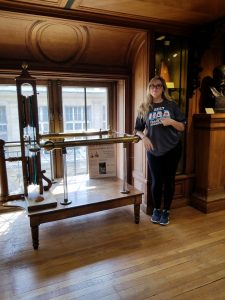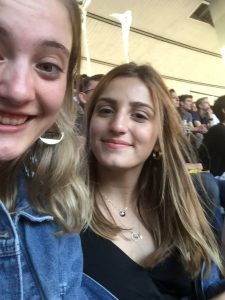The Musee Fragonard is a historic museum dedicated to animals located in the Ecole Veterinaire d’Alfort. The museum holds collections of many animal bones, 3-D examples of animal structures, remannts of many genetic anomalies, and much more. The museum was founded in 1766 and is one of the oldest museums in France. Though the museum is created for veterinary knowledge, and includes content related to animal medicine, because animals are useful for insight to human anatomy and physiology, the museum was actually instrumental to the beginning of comprehending the human body from a medical perspective. Many of the physically abnormal animals possessed genetic diseases that could be seen in humans, allowing for these animals to act as model organisms for insight to human genetics. Moreover, the museum even possessed human skeletons, fetuses, and other persevered body parts, showing how the museum’s collection was dedicated to understanding anatomy and physiology for all organisms across taxa.

Continue reading “Musee Fragonard at the Ecole Veterinaire d’Alfort”







